Renewables overtake fossil fuels in 2020 as Britain's power grid enjoys 'greenest year' yet
Business Green
FEBRUARY 14, 2021
Wind and solar alone generated around 30 per cent of Britain's electricity in 2020, while biomass provided seven per cent, and hydropower made up 1.6 Nuclear power, meanwhile, provided 17.5 per cent of Britain's power last year, while imports accounted for just under seven per cent.


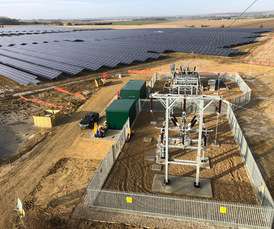
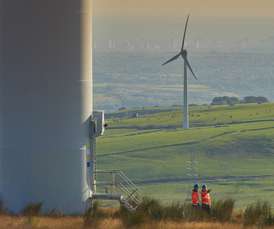
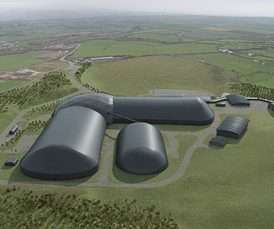
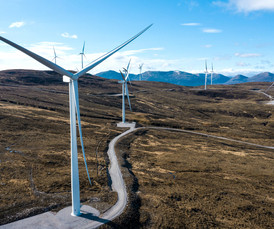

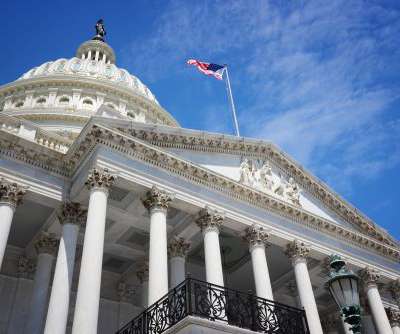









Let's personalize your content